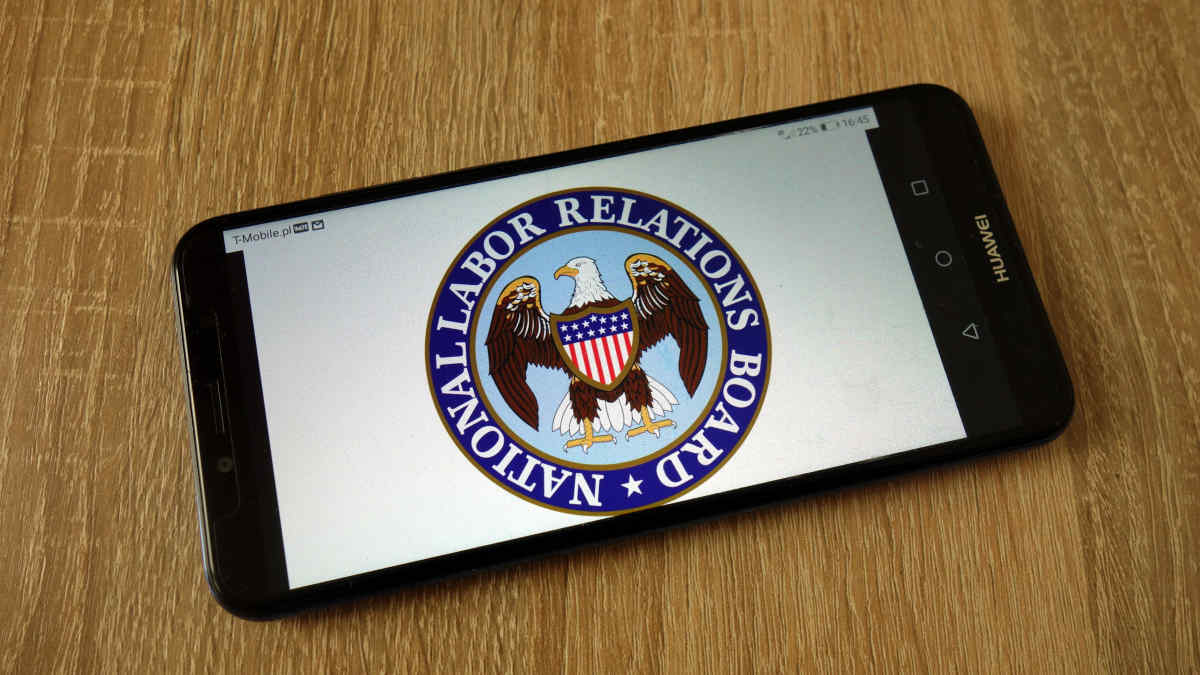

?On July 29, the U.S. Court of Appeals for the District of Columbia Circuit overturned National Labor Relations Board (NLRB) rulings that Browning-Ferris Industries of California wasn’t a joint employer, reviving a dispute that may ultimately influence planned rulemaking on the definition of who is a joint employer.
Browning-Ferris does business as Newby Island Recyclery, and employs about 60 workers in Milpitas, Calif. Browning-Ferris contracts with Leadpoint Business Services, which provides Browning Ferris with approximately 240 additional recyclery workers. In 2013, Sanitary Truck Drivers and Helpers Local 350, International Brotherhood of Teamsters filed a petition with the NLRB to represent Leadpoint’s recyclery workers and asserted that Browning-Ferris and Leadpoint are joint employers of Leadpoint’s workers, making Browning-Ferris workers represented by the union as well. Browning-Ferris rejected this contention and this long-running litigation, which now has been sent back to the NLRB, ensued.
We’ve gathered articles on the news from SHRM Online and other outlets.
‘Multiple Overlapping Errors’
The NLRB made “multiple overlapping errors” when it declined to apply an Obama-era standard for joint employment to decide whether Browning-Ferris co-employed Leadpoint Business Services employees, the D.C. Circuit ruled.
Importance of Who Is a Joint Employer
The definition of joint employer affects such determinations as which employees can unionize and who they can sue.
NLRB Intends to Address Definition of ‘Joint Employer’
The NLRB indicated in this year’s spring regulatory agenda its intention to consider the definition of “joint employer” in future rulemaking.
Anticipated Changes
The NLRB may revert to the standard for “joint employer” that existed prior to a 2020 rule, which currently is in effect. Under this rule, “an employer … may be considered a joint employer of a separate employer’s employees only if the two employers share or codetermine the employees’ essential terms and conditions of employment.” According to this definition, the entity must have direct and immediate control over at least one essential term or condition of employment to be a joint employer.
Previous Standard
The previous standard was issued in Browning-Ferris I in 2015, where the NLRB held that evidence of indirect control can establish joint-employer status. But in 2020, the NLRB held that it was unjust to apply its standard in Browning-Ferris I to the company, announced a revised joint-employer test and held that the company was not a joint employer (Browning-Ferris II). The union asked the board to reconsider Browning-Ferris II, but the NLRB denied the motion (Browning Ferris III). The recent decision vacated Browning-Ferris II and Browning-Ferris III. The 2020 rule did not apply to this dispute.
